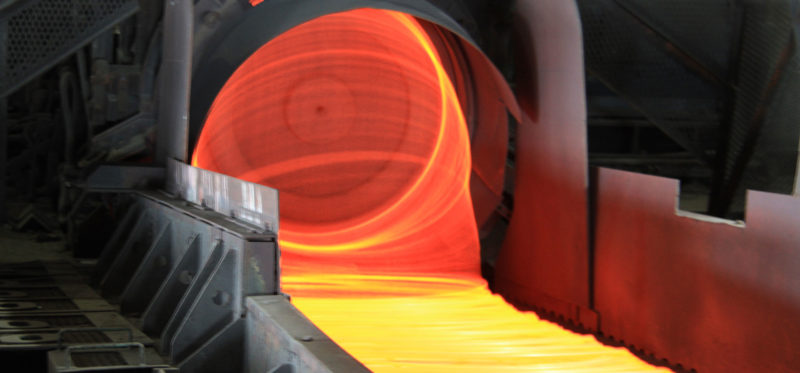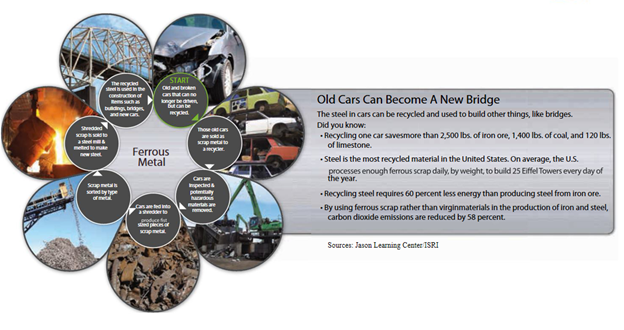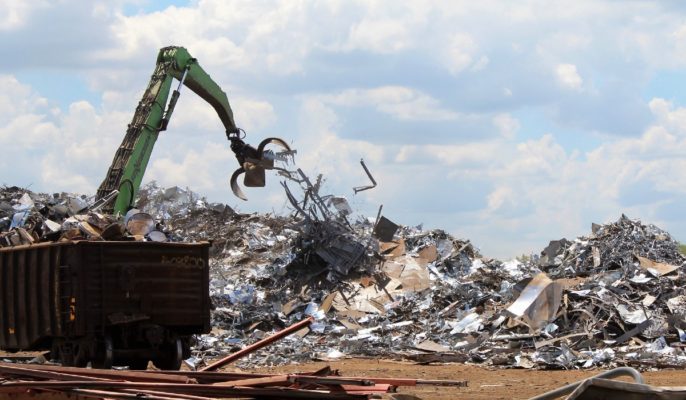
As consumers, business owners, employees, builders, and environmentally aware people we must push ourselves to ask, “How does this impact me?”. In the steel industry, there are often hidden values and economic advantages that we may not have considered or realized. Understanding how steel impacts everything from the car you drive to the fence around your yard to the farming equipment that was used to harvest the food you eat every day, can truly show you how invested we are as a society in the steel industry.
Steel in the form of ferrous scrap is the most recycled material in the United States and worldwide. In 2016 alone, the U.S Geological Survey estimated 65 million metric tons of iron and steel scrap were processed in America. Ferrous scrap refers to recycled steel that comes from many sources with the largest being used automobiles. That means each time a car you own is processed due to accident or age or defect, you are directly taking part in the world’s largest recycling supply chain.

The metallurgical properties within steel allow it to be recycled many times without compromising its quality. Virtually every steel item purchased is therefore recycled in some capacity. Steel.org reported that 90% of appliances are recycled in North American processing plants each year. Recycling this steel contributes to saving the energy needed to create steel from raw materials. This equates to enough energy to power 18 million homes.
On average new vehicles purchased today contain about 60% steel, most of which is recycled. However, today’s steel differs from the steel of 50+ years ago. According to Worldsteel.org, steel is now up to 30% stronger and more dent resistant while still being about 25% lighter. So, every new car on the road now is a more recycled product than in the last 50+ years due to the American Steel Industry’s initiative in recycling. Just one recycled car produces enough recycled steel to produce more than 4 steel utility poles.

50% of the world’s steel is used within the housing industry according to the WorldSteel.org. While being an optimal recycled and sustainable product to use within a home, it also has many long-term effects that benefit homeowners. Steel frames within the house produce a safety feature in earthquake and fire disasters. It also combats termites within the home. This saves homeowners time, money, and peace of mind when it comes to the integrity and value of their home.
Steel is also imperative in the food industry. When opening the pantry at your own home, you will likely see many canned food items. Due to the amazing innovation of steel within cans for food items they do not need to be refrigerated. This prevents food waste and cuts down on energy used to preserve the food within a refrigerator.
The steel advances mentioned earlier in this article noted the new version of steel that is on the market today and its stronger and lighter benefits. This directly correlates to the savings it can have for builders, particularly of large projects like bridges. In addition, many builders are creating safer ways for steel foundations to absorb shocks and movement from climate change and earthquakes. In the long-term, it will help create safer structures for all that use them.
Many that work within the steel industry feel a great sense of pride in what they do, and now knowing just how much of an impact they have on the daily lives of American’s, I think you can understand why. Next time you open a canned food item, get in your car, turn on a household appliance, drive on a bridge, or see a house being built, just remember these are just a few of the ways the steel industry is involved in supporting our lives as we know them.
